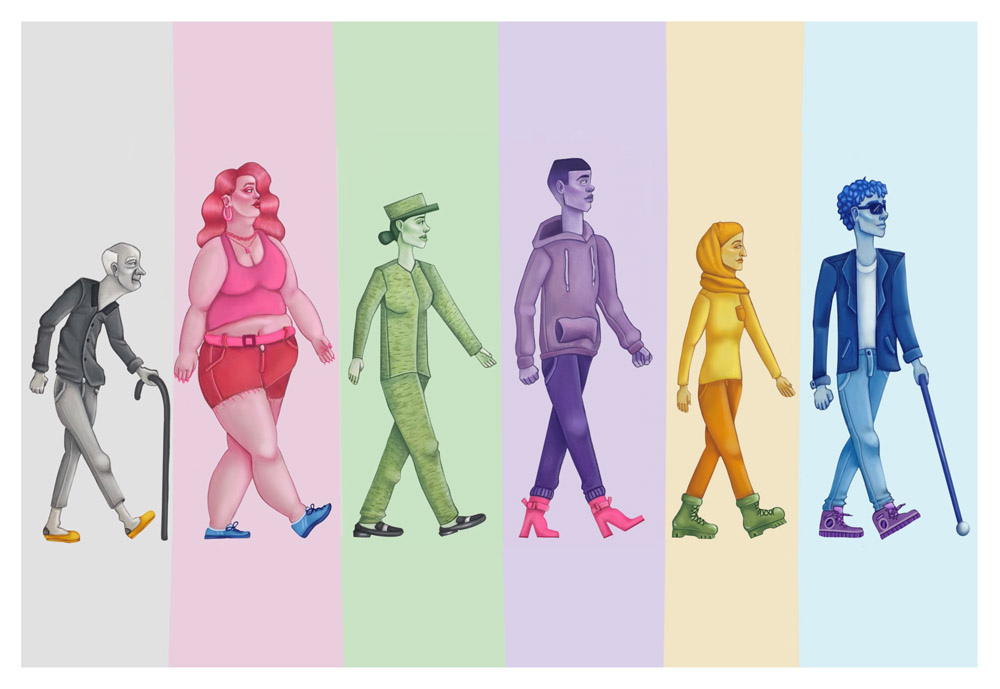Walking in Someone Else’s Shoes: The Power of Perspective Taking

Two kids talking while sitting on a park bench, one offering a listening ear.
The Dive
Perspective taking means trying to understand how a situation feels and looks from someone else’s point of view. It’s not about assuming or guessing—it’s about being curious and willing to listen. Everyone has their own thoughts, feelings, and experiences that shape how they react to things.
Imagine someone snaps at you for no clear reason. Instead of getting angry, you pause and think, 'I wonder what’s going on with them.' Maybe they had a rough morning or are feeling overwhelmed. That moment of pause helps shift from judgment to understanding.
Even when two people go through the same event, they might feel very differently about it. Why? Because every person has a unique mix of memories, beliefs, and emotions that influence how they see the world.
Perspective taking doesn’t mean we pretend to know exactly what someone else is going through. In fact, it’s the opposite. It’s about recognizing that we don’t know—and that’s why we ask, listen, and learn.
Instead of saying 'I know how you feel,' try asking, 'What was that like for you?' That small change shows respect for someone’s unique experience and opens the door to real connection.
Our brains are naturally focused on ourselves—we see the world through our own lens. But when we practice stepping outside of that lens and really trying to understand others, we build stronger friendships, solve conflicts better, and become more empathetic people.
When we take time to see someone else’s perspective, we send a powerful message: You matter. Your story matters. I want to understand—not judge.
Perspective taking helps us become better listeners, better teammates, and better humans. It’s a skill that grows with practice—and one that makes our world more connected, kind, and thoughtful.
Why It Matters
In a world full of quick opinions and snap judgments, perspective taking helps us slow down and truly connect. It teaches us that everyone’s story matters and that understanding others begins with curiosity, not assumptions. Whether solving a disagreement or standing up for someone who's been misunderstood, this skill helps build a more compassionate and united world.
?
Why is it important to try and see someone else’s point of view?
What makes it hard to understand how someone else feels?
Can you think of a time when someone misunderstood your actions or feelings?
What’s the difference between saying 'I know how you feel' and 'What was that like for you?'
How can asking questions help you better understand someone’s perspective?
Dig Deeper
There's a lot of anger and aggression swirling around the world these days. This video explores how empathy and perspective taking can help bridge divides.
Steps in Perspective Taking | Cognitive Behavioral Therapy Nuggets
Related

Empathy vs. Sympathy: Feeling With vs. Feeling For
Sympathy says, 'I feel bad for you.' Empathy says, 'I feel this with you.' Knowing the difference can transform the way we connect, support, and understand others.

Practicing Compassion: Responding with Kindness Instead of Reacting
Compassion is empathy in action — the choice to respond with kindness even when it’s easier to snap back. In conflict, compassion is what turns reaction into thoughtful response.

The Power of a Real Apology
Saying 'I’m sorry' might feel awkward, but when it’s done right, it can heal hurt feelings and rebuild connection. A good apology isn’t about being perfect—it’s about being human.
Further Reading
Stay curious!
